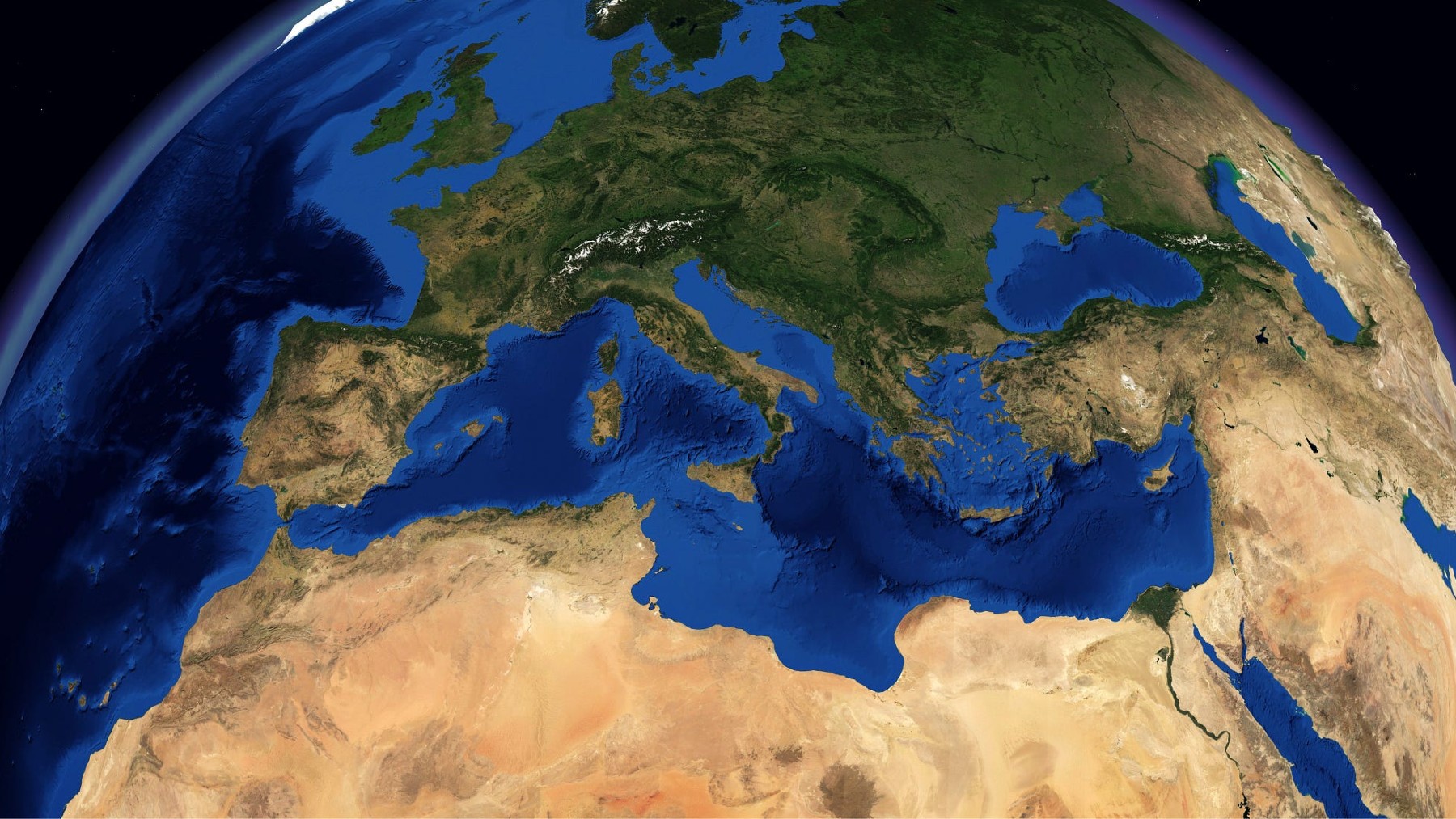By 2024 Spain stated that its energy comes mainly from renewable energy, with a significant increase in solar energy. Thanks to research conducted at a faculty in Iran, this statement has been supported and is expected to increase over the next 25 years.
The research was conducted using an advanced artificial intelligence model called CNN
This is the Faculty of Interdisciplinary Sciences and Technologies of the University of Tehran, in Iran, where a group of scientists from the School of Energy Engineering and Sustainable Resources studied solar energy generation in the Mediterranean from 2010 to 2020 to stimulate energy, create energy security and forecast solar energy production values Spain, Egypt, Türkiye, France and Greece until 2050.
The research was conducted using an advanced artificial intelligence model called CNN. It is a convolutional neural network model and predicts solar energy generation in Mediterranean countries. Moreover, it is designed for the purpose of processing image data or structured data sets, such as climate maps.
Easy to use, thanks to the artificial brain that learns to identify patterns (shapes, colors, trends, breaking down information into simple parts), CNN made it possible to integrate climate data in real time and improve precision, taking into account factors such as changes in solar radiation and extreme weather conditions. The research showed that Spain is the country with the highest solar generation in the Mediterranean, with 42,547,680 Wh.
According to the researchers: “This increase can be attributed to the country’s abundant sunlight and strong government policies in support of renewable energy.” France follows far below with 28,150,200 Wh, and then there are Turkey (20,528,640 Wh), Greece (8,950,500 Wh) and Egypt (5,044,950 Wh).
All analyzed countries have seen an increase in infrastructure, technological progress and government policies
In turn, the growth of the generation over the period defined by the study showed that in all countries analyzed there is an increase in infrastructure, technological progress and government policy of support. The growth of solar energy generation over the period 2010-2022 is attributed to favorable geographical conditions, technological advances and cost savings.
For this reason, the quantitative analysis reveals a significant decrease in the cost of installing solar systems, illustrated by a decrease from $7.53 per watt in 2010 to $2.65 in 2021 in the United States. Furthermore, the research highlights the essential place that government-led initiatives have in promoting renewable energy adoption.
The research will be published this year in Cleaner Energy Systems under the name ‘Forecasting solar energy generation in the Mediterranean region up to 2030–2050 Using convolutional neural networks (CNN)’. It analyzes the use of solar energy in electricity generation, desalination, heating and cooling in various sectors, and examines trends in solar energy production in Mediterranean countries such as Egypt, Turkiye, Spain, France and Greece (2010-2022) via CNN and linear regression.
Finally, the project also compares the Mediterranean with regions such as the Middle East and the southwestern United States. Those points in common in the solar potential. However, they highlight the challenges posed by climate variability and infrastructure differences.

